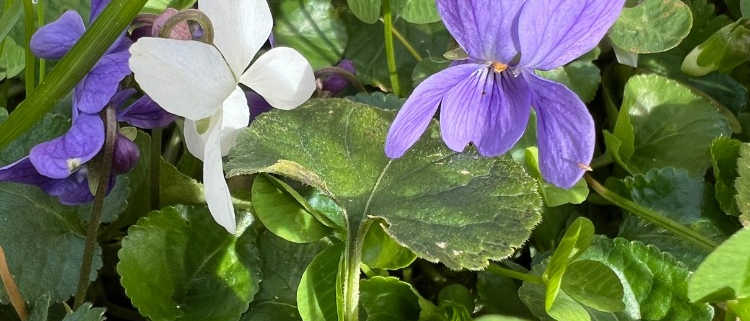Diversity of life – Genetic diversity
Biodiversity – The Series
The three main aspects of biodiversity are species diversity, the genetic diversity of a species and the diversity of habitats in a region. We cover all those aspects in dedicated articles. In this one, we take a closer look at the aspect of genetic diversity.
Genetic diversity
A species consists of individuals that are very similar but have small differences in their genetic information. If there are many of these small differences, then this species has the potential to adapt easily to new environmental conditions. For example, if some individuals in a population have the ability to reproduce despite high soil moisture and other individuals have the ability to do so in dry conditions, then the species is likely to survive even if the site conditions change.
Not all genes are always active
On average, around 30,000 genes are active in plants at different times and under changing conditions. Whether and how well a plant thrives, to what extent it can adapt to its environment and cope with climatic changes, therefore depends on how large the pool of genes that can be activated is. If we look at a single gene, its activation depends, among other things, on where and how the plant lives: Individually? In a dense population? In full sun or in the shade? Aspects such as moisture or the chemical composition of the soil also play a role.”
Not all individuals have to adapt
There are also plants that can even activate genes to send out “calls for help”. For example, they then produce scents that attract predators to eat pests. Experiments by scientists at the Max Planck Institute for Chemical Ecology have [shown](https://elifesciences.org/articles/04490) that it is sometimes sufficient for only individual plants within a larger population to develop this genetic trait in order to protect all neighboring plants.”
Diversity as the basis for evolution
Genetic diversity within a species is also the basis for the formation of completely new species. There are various concepts for this, which differ mainly in whether or not there is a spatial separation (through mountain and island formation, storms) of populations.
- If this is the case, there can no longer be any genetic exchange between the groups and new species will eventually emerge through mutation and selection.
- Species formation without spatial separation: due to spontaneous mutation of the reproductive organs, individuals can no longer reproduce among themselves. The altered population splits off from the original species.
- Species formation despite gene flow: As shown at the beginning of the story, high genetic variability within a species can ensure that it can thrive in completely different locations. Over long periods of time, the smallest changes ultimately ensure that new species have emerged from these adapted populations
This article was featured as a story in the Flora-Incognita app in spring 2024. In this plant identification app, you can find exciting information about plants, ecology, species knowledge, and tips and tricks for plant identification. Check it out!

